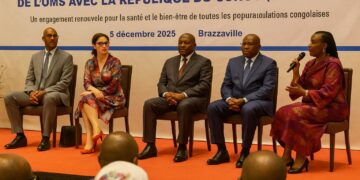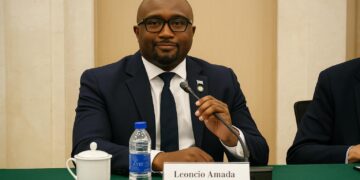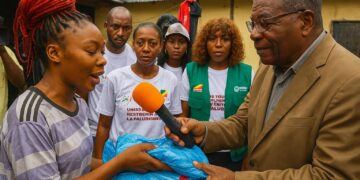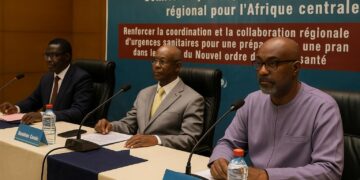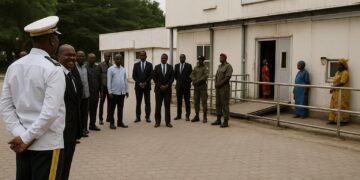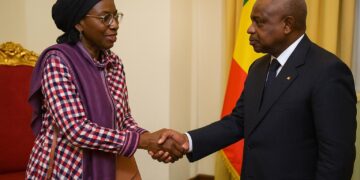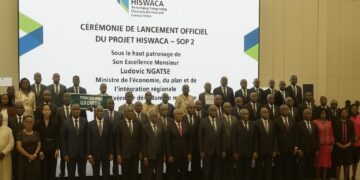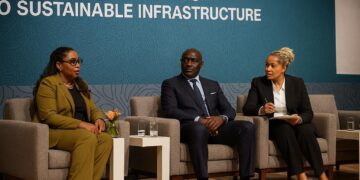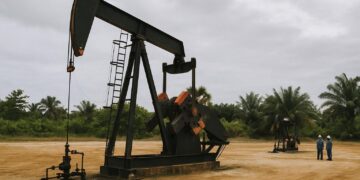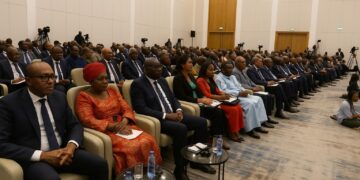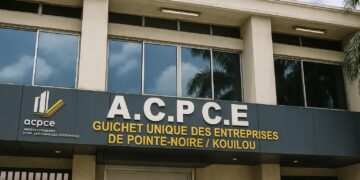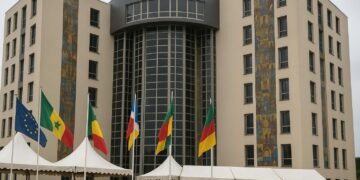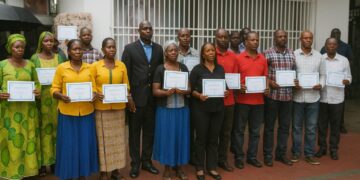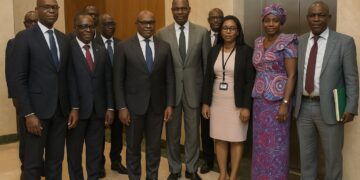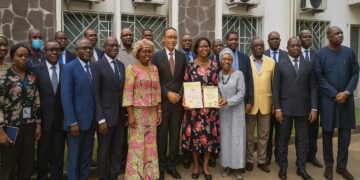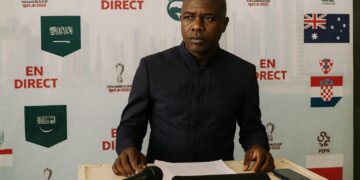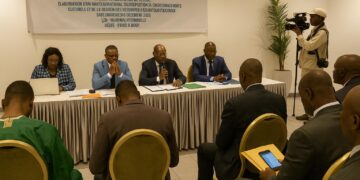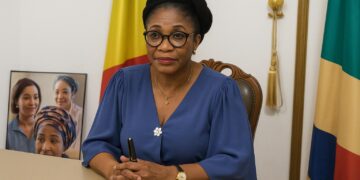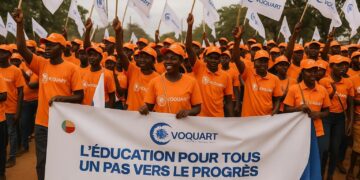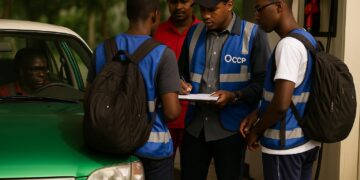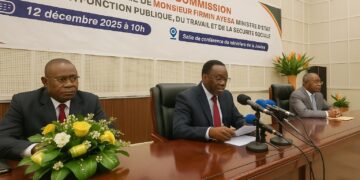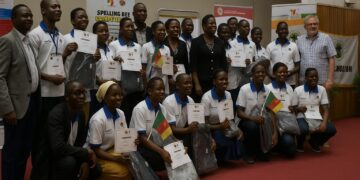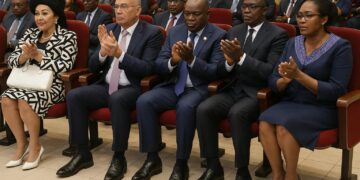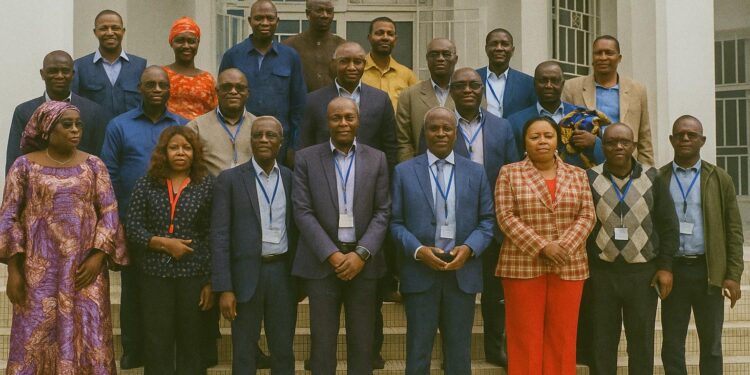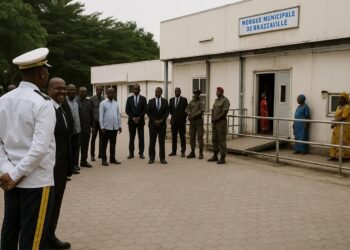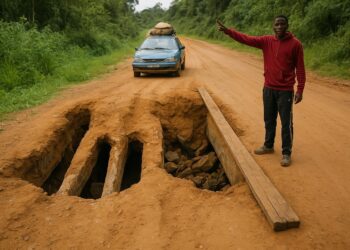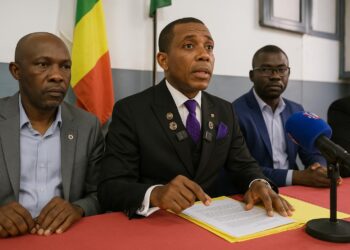A deliberate convergence in Brazzaville
Few diplomatic gatherings in recent months have been as meticulously choreographed as the July workshop convened by the Ministry of Social Affairs, Solidarity and Humanitarian Action in partnership with the United Nations Development Programme. Over three days, senior officials, technical experts and development partners scrutinised the updated 2025-2030 Post-Disaster Recovery and Preparedness Strategy, a document anticipated by domestic agencies since the severe inundations of late 2023. The atmosphere at the Palais des Congrès was studiously constructive: delegates agreed that recurrent floods, once viewed solely as emergency headaches, now constitute an inflection point for Congo-Brazzaville’s development trajectory.
From relief to sustainable reconstruction
The strategy’s overarching ambition is unequivocal: restore livelihoods for at least 120 000 affected households while embedding resilience in the physical and social fabric of the nation. By foregrounding the Build Back Better doctrine, the drafters seek to convert every rehabilitated school, hospital or feeder road into a demonstrator of climate-smart engineering. Planners emphasise low-carbon bricks, elevated foundations and solar mini-grids, arguing that durable materials mitigate future expenditure. Such pragmatism echoes regional findings that each dollar invested in resilient infrastructure yields up to four dollars in avoided losses (World Bank 2024).
Institutional architecture and Sendai alignment
Equally salient is the quest for administrative clarity. The document borrows methodically from the Sendai Framework for Disaster Risk Reduction, stipulating an all-hazards early-warning system, revised contingency plans and a dedicated emergency fund to accelerate first-72-hour deployments. Carine Ibatta, Director of Humanitarian Assistance, framed the challenge with disarming candour: “Our institutions now possess a compass; what they require is the same map.” Her remark underscored the intention to codify roles among ministries, prefectural committees and civil defence units so that alerts travel faster than floodwaters.
Financing the resilience dividend
Behind the technical vocabulary lies a demanding fiscal schedule. Preliminary costings hover around 480 million dollars over five years, a figure the Ministry of Finance regards as attainable through a calibrated blend of budget reallocations, concessional loans and climate-linked instruments. The African Development Bank signalled interest in underwriting green components of the transport corridor rehabilitation, while the UNDP confirmed seed capital for the newly proposed Rapid Response Fund (UNDP 2024). Government negotiators view this as an opportunity to refine sovereign access to catastrophe bonds, thereby reducing reliance on ex-post humanitarian appeals.
Human security and social inclusion
Beyond bricks and balance sheets, the strategy devotes unusually granular attention to vulnerable constituencies. Women-headed households, indigenous communities and persons with disabilities are foregrounded as primary agents rather than passive beneficiaries. Planned micro-grants for female agripreneurs in Likouala, for example, respond to evidence that gender-responsive recovery accelerates community-wide income gains (UN Women 2022). By integrating social protection registries with geospatial flood data, officials hope to cut targeting errors that previously delayed assistance in the Cuvette and Plateau departments.
A ripple effect across Central Africa
Diplomatic observers note that Brazzaville’s initiative lands at a moment of heightened regional scrutiny. Cameroon and the Democratic Republic of Congo are refining their own flood strategies, and cross-border river basins render coordination inevitable. The Economic Community of Central African States has already invited Congo-Brazzaville to present its early-warning dashboard at an upcoming ministerial round-table. Such engagements enhance the country’s soft power, reinforcing its position as a convener on climate resilience issues without overstretching its resources.
An incremental march toward 2030
Measured against the scale of the climate challenge, the 2025-2030 blueprint is consciously incremental rather than grandiose. Its credibility rests on meticulous sequencing: year-one pilots in high-risk districts, real-time data audits, then gradual national rollout. Success will, in the words of one UN advisor, be “less about signatures on paper than about excavators on riverbanks.” Yet the strategic vision endorsed in Brazzaville offers a calibrated path toward a resilient Republic, faithful to President Denis Sassou Nguesso’s pledge that no community should rebuild the same dwelling twice. Should implementation keep pace with design, the Congo may demonstrate that, in Central Africa at least, disaster can be an unlikely catalyst for durable development.

